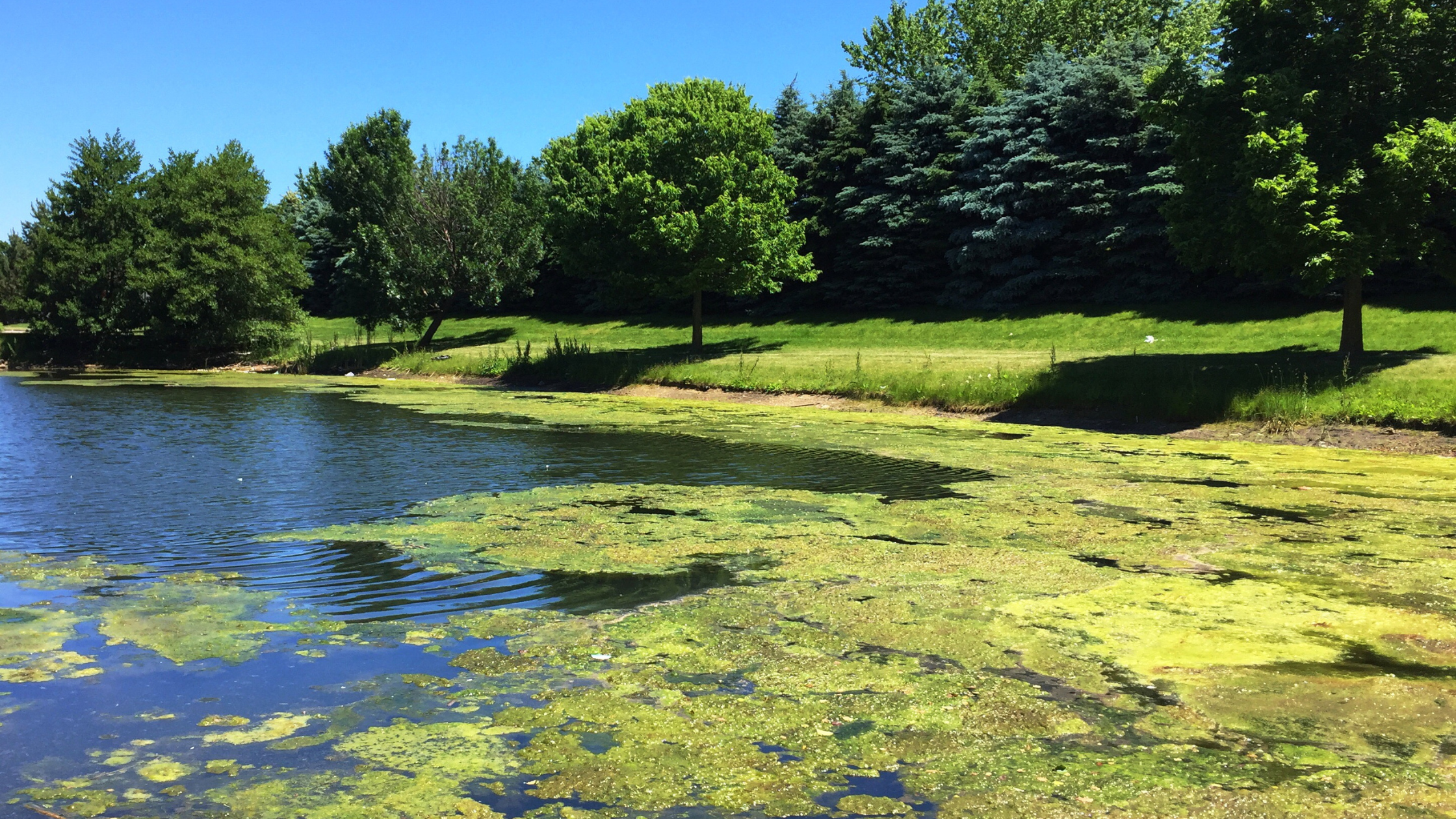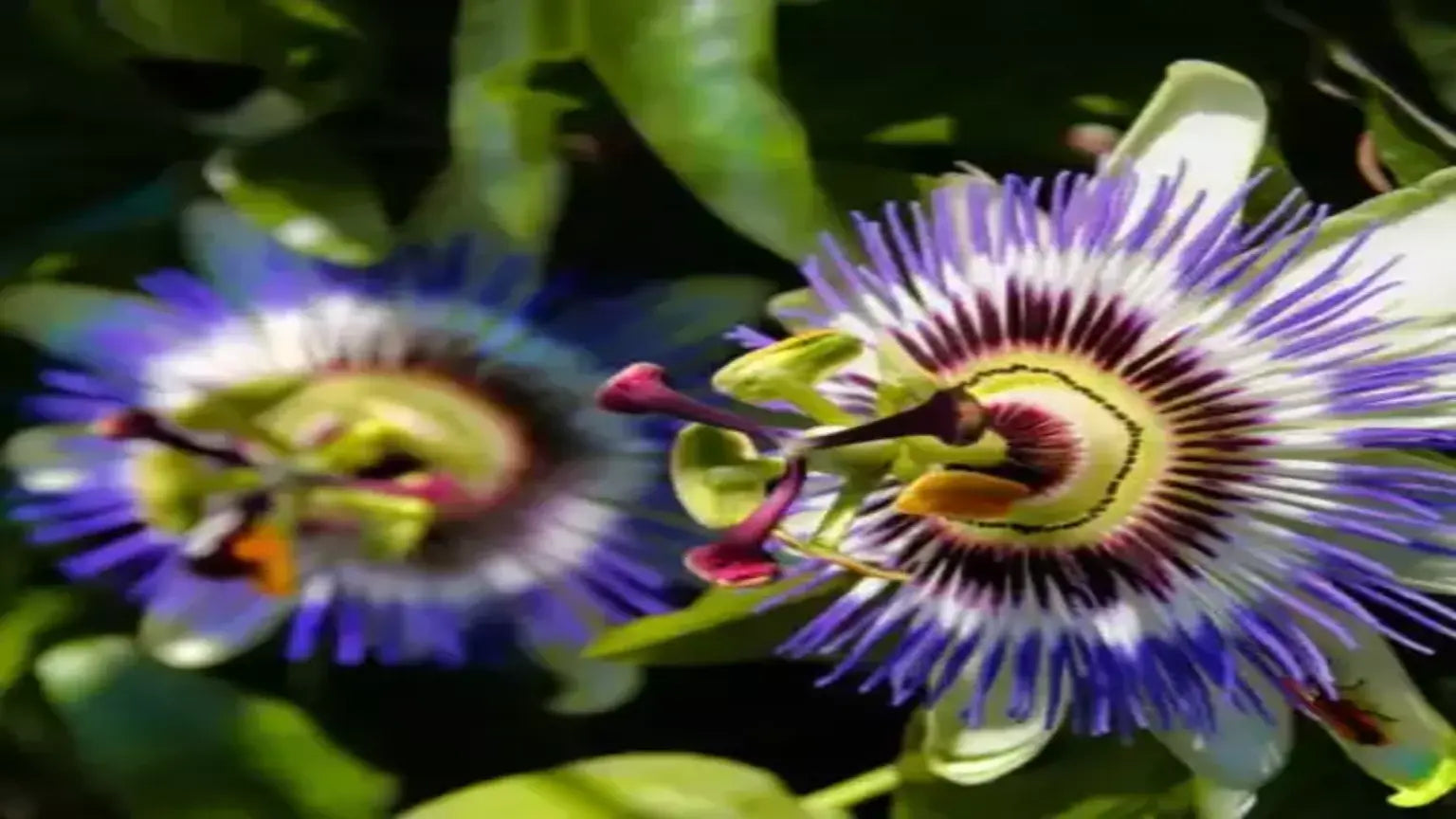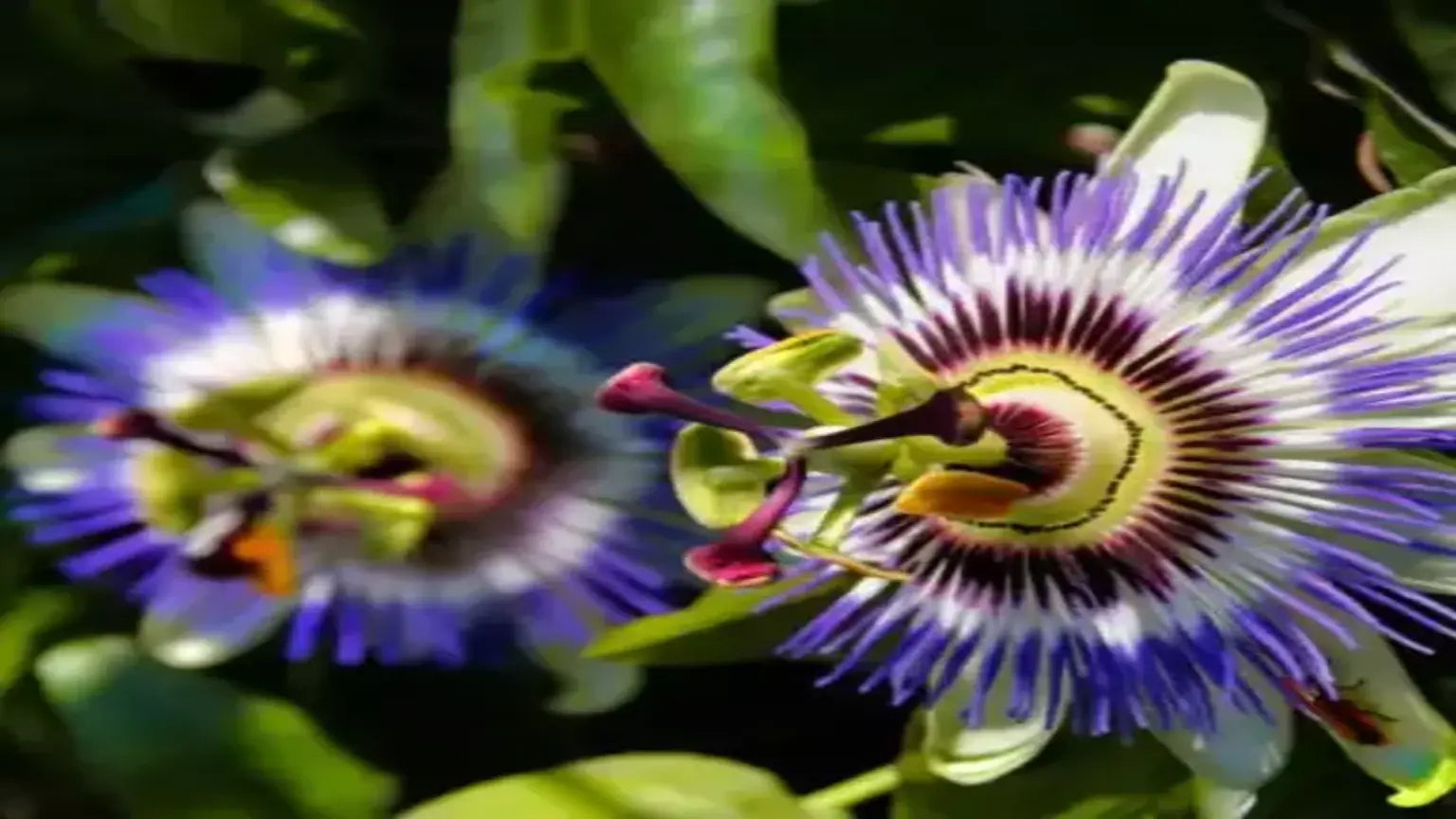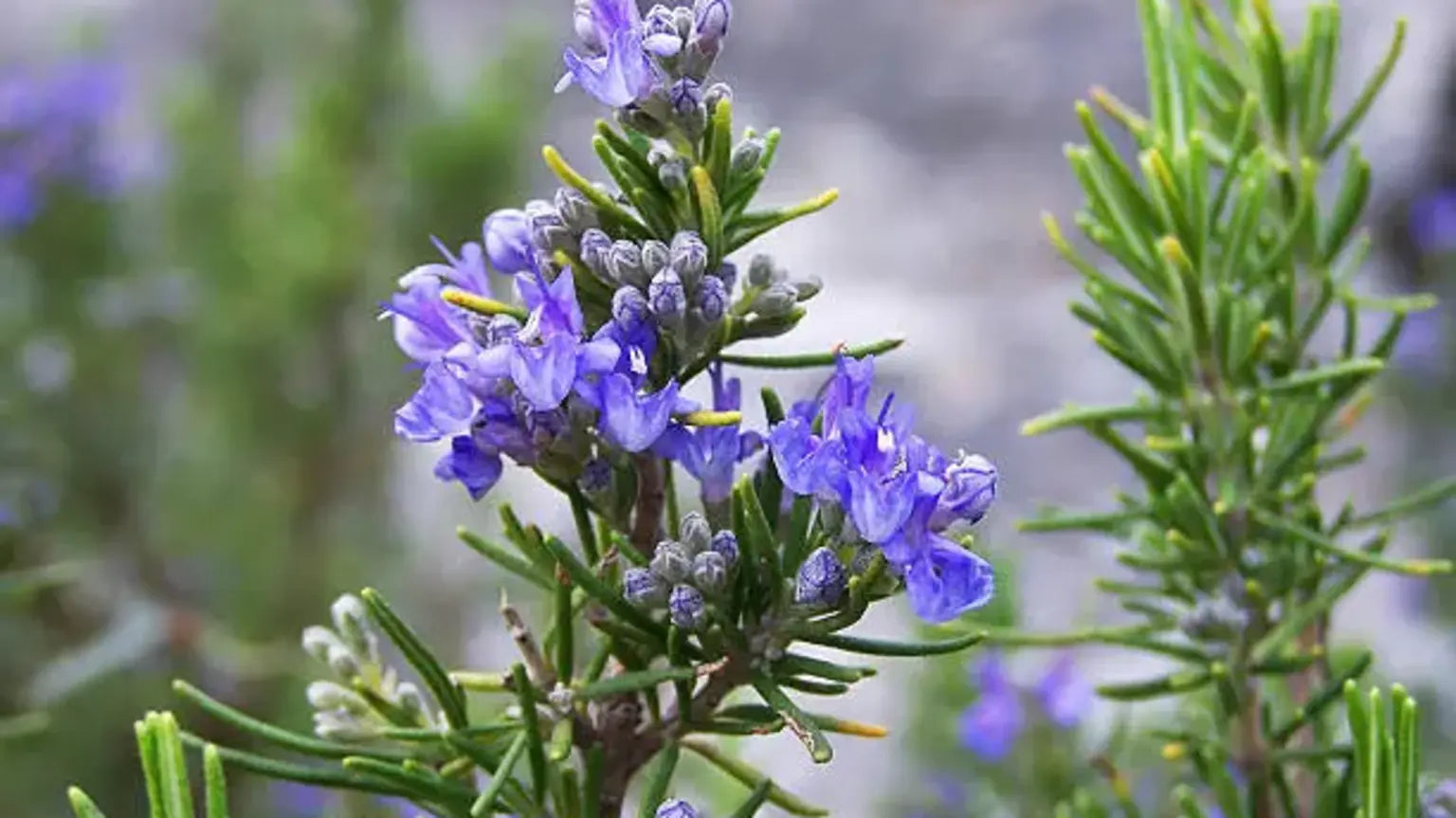
Can Algae Save Water?
Algae, a simple aquatic organism, offers innovative solutions for water conservation. It can treat wastewater, purify drinking water, and provide eco-friendly byproducts. Cost-effective and energy-efficient, algae hold immense potential for addressing global water scarcity and promoting sustainable water management practices.
Life requires water, and as the world’s population grows and the climate changes, the need for clean water is growing quickly. Algae is one of the most promising and maybe unexpected answers, while creative ones are always being investigated. Yes, the same slimy, green material frequently seen in lakes and ponds may be the solution to fixing our water issues. Let’s examine how algae might conserve water and the reasons behind the widespread interest in this unassuming creature.
Knowing Algae
Algae are simple, plantlike creatures that are present in many different types of water. They include huge seaweeds and tiny phytoplankton. By using sunlight to change carbon dioxide and water into oxygen and energy-rich organic molecules, algae are able to accomplish photosynthesis. The oxygen supply on Earth is greatly increased by this process, which also maintains the marine food chain.
The Crisis with Water
Building an understanding of the present water issue is crucial before exploring ways in which algae might conserve water. Due to pollution, misuse, and climate change, freshwater supplies are decreasing globally. Severe water shortages affect everyday living, business, and agriculture in many areas. Despite their effectiveness, traditional water purification techniques are frequently expensive and energy-consuming. Here’s where algae can provide a practical and affordable answer.
Algae in the Treatment of Wastewater
Treatment of wastewater is one of the most promising uses for algae. Pollutants found in wastewater from homes, businesses, and farms include organic debris, heavy metals, and nutrients like phosphorus and nitrogen. Chemicals and a lot of energy are needed for conventional treatment methods, which can harm the environment.
Algae provide a healthy substitute. Algae utilize nutrients like phosphorus and nitrogen that they collect from wastewater to thrive. Cleaner water may be produced by this bioremediation technique, which successfully lowers the concentrations of harmful contaminants. Algae can also aid in removing various pollutants including heavy metals from wastewater.
The Process of Algal Wastewater Treatment
The process of using algae to treat wastewater involves several steps:
- Cultivation: Algae are cultivated in controlled environments, often in large ponds or bioreactors. These systems are designed to optimize conditions for algal growth, such as light, temperature, and nutrient levels.
2. Introduction to Wastewater: The cultivated algae are introduced to the wastewater, where they start absorbing nutrients and pollutants. This process not only cleans the water but also supports the growth of the algae.
3. Harvesting Algae: Once the algae have absorbed the pollutants, they are harvested. The clean water can then be released into natural water bodies or further treated for reuse.
- Utilizing Algal Biomass: The harvested algae can be used for various purposes, including biofuel production, animal feed, and fertilizers. This adds an extra layer of sustainability to the process.
Benefits of Algal Wastewater Treatment
The benefits of using algae for wastewater treatment are manifold:
CostEffective: Algal treatment systems can be more cost-effective than traditional methods, particularly in regions where sunlight is abundant.
EnergyEfficient: Algae use solar energy for growth, reducing the need for external energy inputs.
Environmental Impact: Algal treatment is environmentally friendly, reducing the need for harmful chemicals and minimizing the carbon footprint of wastewater treatment.
Resource Recovery: The process not only cleans water but also produces valuable biomass that can be used in various industries.
Algae in Water Purification
Beyond wastewater treatment, algae also show promise in purifying drinking water. Certain species of algae can remove contaminants such as bacteria, viruses, and heavy metals from water. Algal water purification systems can be deployed in rural and remote areas where access to clean drinking water is limited.
Challenges and Considerations
While the potential of algae to save water is immense, there are challenges to consider:
Scalability: Scaling up algal treatment systems to meet the demands of large populations and industries can be challenging. Research and development are needed to create efficient large-scale systems.
Maintenance: Algal systems require regular maintenance to ensure optimal conditions for growth and pollutant removal.
Public Perception: There is a need to educate the public about the benefits and safety of using algae in water treatment to overcome any skepticism.
Future Prospects
The future of algae in saving water looks promising. Researchers are continuously exploring new strains of algae and optimizing cultivation techniques to enhance efficiency and effectiveness. Innovations such as genetically modified algae that can absorb specific pollutants or produce higher yields of biomass are on the horizon.
Governments and industries are also recognizing the potential of algae. Pilot projects and commercial installations are being implemented worldwide to test and refine algal treatment systems. With continued investment and research, algae could become a cornerstone of sustainable water management.
Conclusion
Algae, often overlooked and underestimated, hold the potential to address one of the most pressing issues of our time: water scarcity. Through natural processes, algae can treat wastewater, purify drinking water, and provide valuable byproducts, all while being cost-effective and environmentally friendly. As we face growing challenges in water management, embracing innovative solutions like algae can lead us toward a sustainable and water-secure future. So, next time you see that green, slimy substance in a pond, remember that it might just be the key to saving our precious water resources.
Empowering Farmers: Our Azolla Pits Initiative
We’ve teamed up with Sid’s Farm to introduce Azolla Pits—a simple and sustainable solution for dairy farming. Azolla, a protein-rich algae, provides cows with a cost-free and easy-to-maintain source of nutrition. With Sid’s Farm, we’re making these pits accessible to farmers and providing guidance on usage. Together with The Affordable Organic Store, we’re confident this initiative will make a big difference for everyone involved. Donate now to support this cause and make farming greener and more efficient!
Watch the video and learn how to grow your vegetable garden in an empty backyard!
https://youtu.be/seLEvrZ6_6w?si=6fYjnZM7FjjSdusz








